Google Marketing Live - Key Themes and Kinase’s Questions
Kinase were back at Google Marketing Live again this year to find out what’s new and what’s coming soon from Google. As always there was no shortage of updates and lots of new features we’ll need to test thoroughly, but taking a step back there were 3 big themes at GML this year.
Three Big Themes From GML
AI Max & AI Mode
Unsurprisingly AI took centre stage. The long rumoured Search Max is now launched and branded as AI Max for Search and we’ll soon find out whether its performance matches the hype. It’s being pitched alongside PMax and Demand Gen as a “Power Pack”. AI Max will be a toggle to ‘supercharge’ search campaigns to allow AI to create copy and targeting based on your urls and existing keyword themes. Meanwhile AI Mode is Google’s hedge against the cannibalisation of traditional search and is already live in the USA on mobile - and it includes Ad placements. Europe/UK launch promised for later this year.
Merchant Centre and Shopping Upgrades
Merchant Centre is set to become a business data and creative hub, incorporating Google My Business, and becoming a manager for video and creative assets. Shopping is set to become more of a visual experience, with brand profiles, AI chat, and ‘instant purchase’ buttons in Shopping, Video and Demand Gen.
Performance Max
New placement reporting finally available, enabling advertisers to see where their ads are appearing across Google. This is a long awaited game changer for Performance Max optimisation.
Questions That GML Raises
Will Google need to change its CPC model for search?
Reports show “AI Overview” is massively boosting impressions of ads in information-seeking, non-commercial searches. In spite of tanking CTR% that’s not necessarily a bad thing for advertisers, particularly in sectors adjacent to many informational searches. Think health care, or insurance. They’re getting all that additional ad reach - for free! But of course people aren’t clicking on search ads, Google aren’t getting paid. So, could we see the re-introduction of CPM charging for search? We wouldn’t count it out. Or will the final click be fought for with a huge escalation of CPCs?
Will AI finally kill the search keyword?
…and will we even notice? Maybe it’s dead already. Google hardly ever mentions Exact or Phrase Match any more. But they’ve made it clear for ads to appear in AI generated results - either in current AI Overview ads, or in “AI Mode” (coming soon to the UK) - advertisers will need to be using AI Max for Search or Performance Max. And here it’s Broad Match keywords or not at all. Is there any difference between a Broad Match keyword and a “search theme”, either self-defined or extracted from a URL anyway? Not really. Bye, keywords. Nice knowing you.
Can a new Google Shopping experience break Amazon’s dominance in ecommerce searches?
The most recent data we could find shows around 60% of shopping-related searches start on Amazon and only 30% on Google - and that’s in the US. In Europe, Amazon is even more dominant. [See link.] GML saw a genuinely exciting list of improvements to Google Shopping that could add up to a game-changer. A “visual shopping experience” that refines results as you chat with an AI; a “merchant brand profile” in results for brand videos, shipping details and the like. Plus (finally) retailers checkout links embedded in the SERPS. Google’s opportunity here is that Amazon’s sponsored listings are still look spammy and poorly integrated to us.
Will Google learn from the troubled launch of Performance Max in rolling out AI Max?
We all know that Performance Max wasn’t fit for purpose when it launched. Horrible cannibalisation of Search Campaign. No brand protection or controls. Limited negative keyword coverage. Random spikes of irrelevant traffic. There are signs that Google have learned from this but details are worryingly thin. We’re promised “controls that give you the precision you previously used keywords for.” I guess we’ll all find out.
And what will the tradeoff be between access to new features and retaining control?
When Google introduced Responsive Search Ads, the first format to mix and match ad copy elements however it liked (in the pursuit of the best CTR% of course) many advertisers kicked off. They wanted to be able to define text that always appeared in their ads. (Imagine!) And so asset “pinning” was born. In the small print for AI Max we’re told "Pinning will not be respected when opted in to both automatically created assets and final URL optimisation”. Sorry, you can’t have it all!




